What is it? Unexpected Life in Downtown Toronto
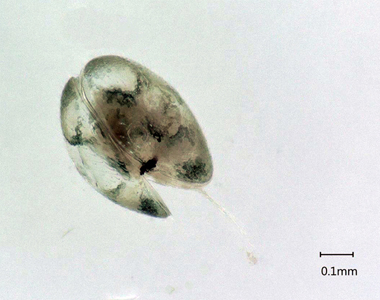
by Antonia Guidotti, Maureen Zubowski and Dave Rudkin
ROM Natural History staff often receive specimens for identification.
In entomology, they frequently receive and identify common household pests, however, they recently received something a little bit more unusual. A community centre in the city, operating an Aquaponics lab, sent in a sample of some tiny, mysterious critters they found on the roots of their plants. Concerned they may be causing the plants harm, they were hoping the staff at the ROM could give them some insight as to what they were.
To begin, Antonia Guidotti, Entomology Technician, identified the critters as arthropods. Arthropods are invertebrate animals with an exoskeleton, segmented body and paired jointed appendages such; examples include insects, spiders and crustaceans. These particular arthropods appeared to have two shells, like clams. A quick internet search revealed that these were members of the class Ostracoda, also known as seed shrimp. Invertebrate Zoology Technician, Maureen Zubowski, was able to identify them further to the order of Podocopida.
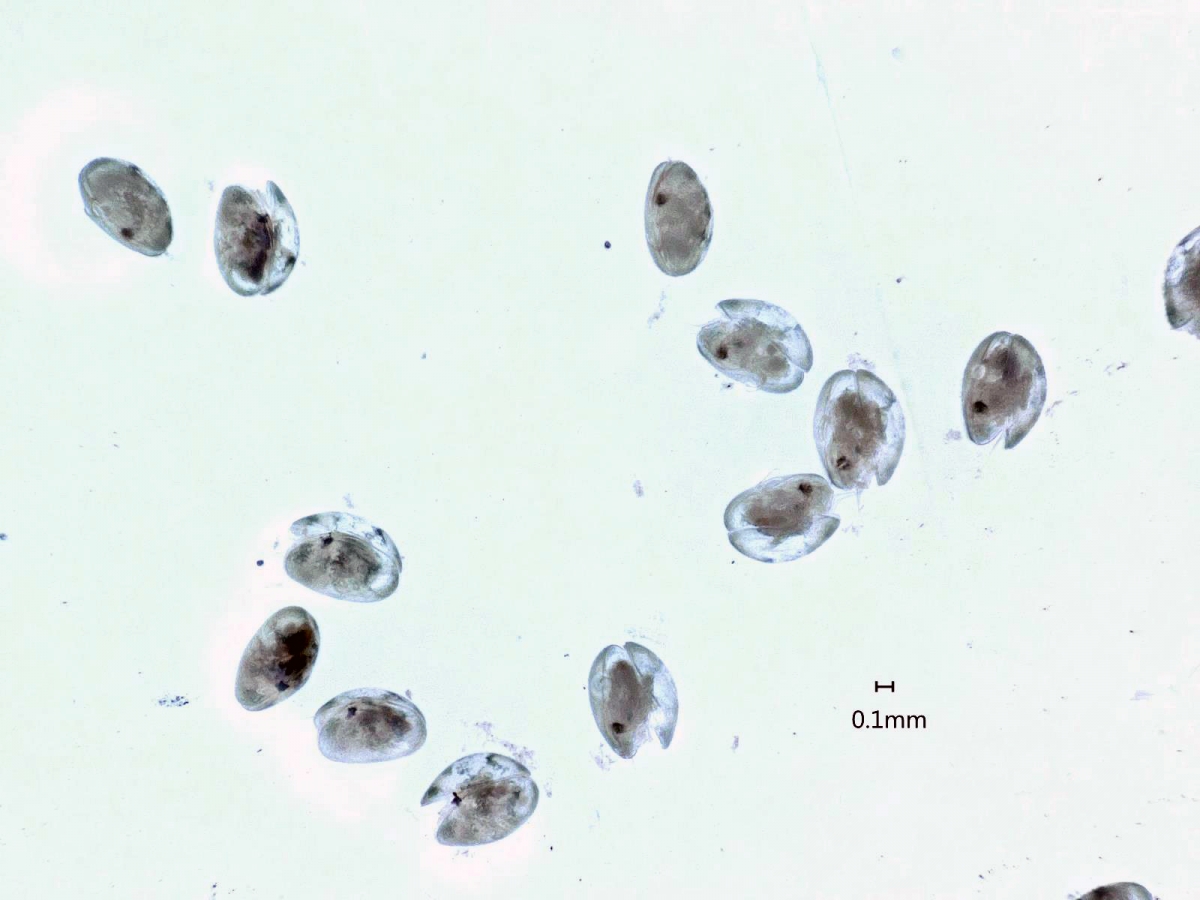
What do we know about these tiny aquatic critters? Well they are crustaceans and can be found in marine, fresh water and some even in humid forest soils. They can be carnivores, herbivores, scavengers or filter feeders. Their bodies are entirely enclosed within a two-valved shell and typically have eight pairs of appendages with a range of functions including swimming, crawling, feeding and sensory. Seed shrimp are usually small, ranging in size from 0.2mm to 2.0mm but some species may grow up to 30mm. The ones we identified (in the photos above) are about the size of the period at the end of this sentence. Most seed shrimp have a single eye but some have a pair of compound eyes or their eyes are reduced/absent altogether. Currently, there are approximately 13,000 described living species in the world and 2,000 of these are non-marine.
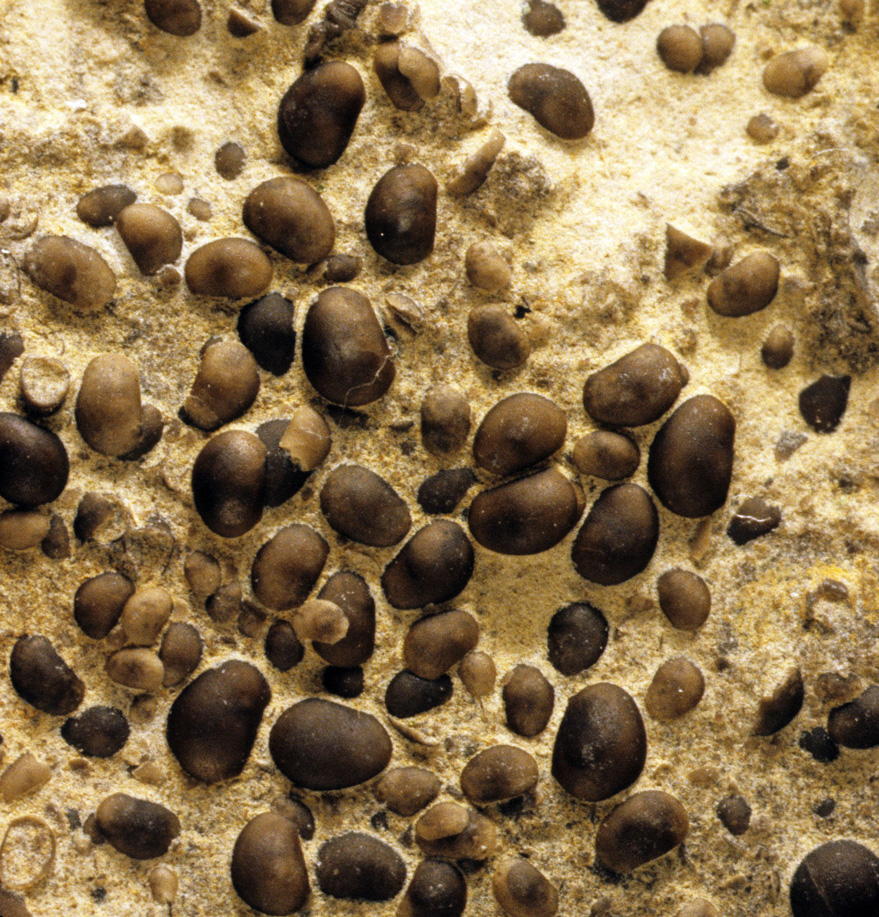
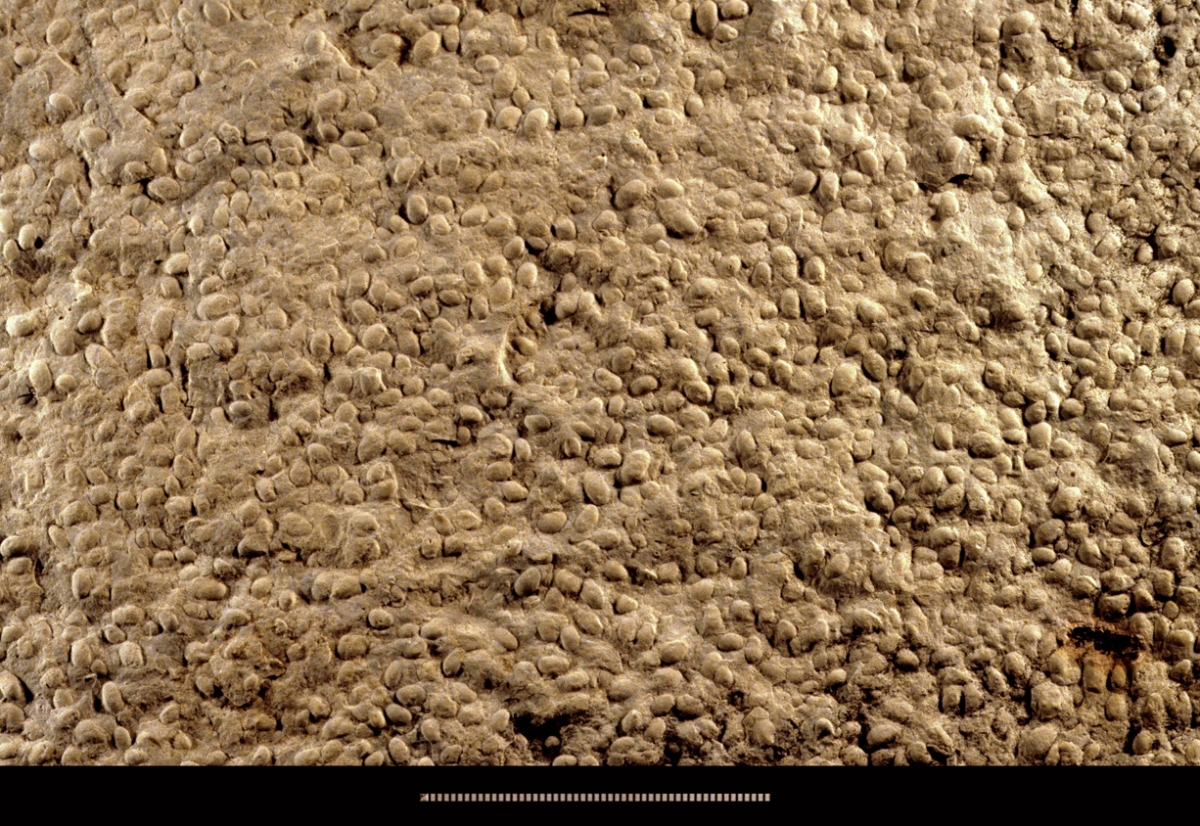
Seed shrimp have been around a really long time. Ostracods have a long and rich fossil record, with the oldest confirmed representatives dating back to Late Ordovician time, that’s about 450 million years ago. Like their living descendants, most of these ancient forms were very small, but what they lacked in size they made up for in numbers – in fact, seed shrimp are the most abundant of all fossil arthropods. One group of ostracod-like fossils, the Leperditicopida, are quite common in Ordovician and Silurian rocks in Ontario. Although their bivalved shells are very similar to those of true ostracods, some leperditicopids were enormous by comparison, occasionally reaching over 50mm in length.
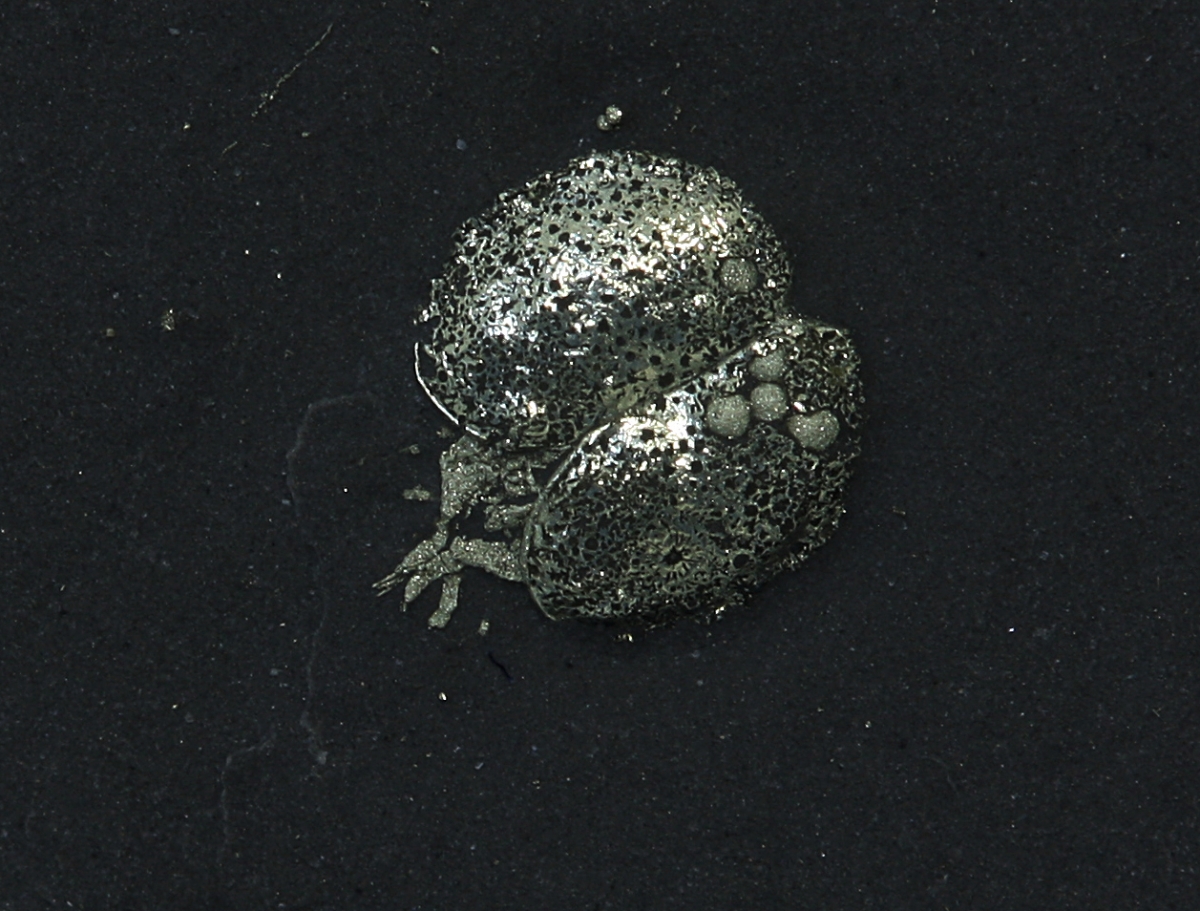
The fossilized ostracod above is very tiny (~2mm) and is preserved in iron pyrite. Look at the really tiny embryos! This one was found in Upper Ordovician rocks of New York State.
As for how these creatures got into the aquaponics tanks at the community center, we can’t be sure, but they certainly provided us with a fun identification task!
